Hello. I’m Andy Cotgreave, Social Content Manager at Tableau Software, and it’s my pleasure to be doing a guest post for Visually. Pop quiz: when did people first start writing about effective ways of visualizing data? Your answer might go back to the 1980s (Edward Tufte, perhaps) or even further back into the 1960s (Jacques Bertin, maybe). Few people would go back so far as 100 years ago. That’s right: one hundred years ago. Willard Cope Brinton, an engineer living in New York, wrote Graphic Methods of Presenting Facts in 1914. The astonishing thing about this book is that in many ways it has not dated at all. You could read this book today and learn as much about effective data visualization as you could by reading anything by Stephen Few, or blogs such as this one. Let’s take a look at a few things he focused on in his book. While we do, ponder two things: how come Brinton isn’t famous; and how come we still need books about data visualization design when we knew it all 100 years ago? 
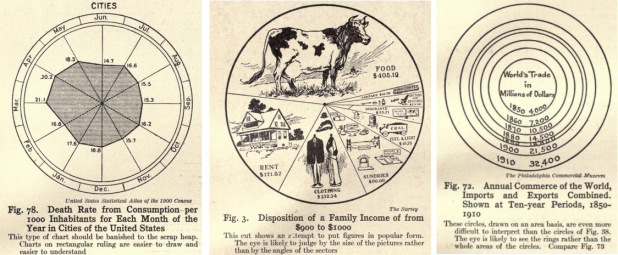
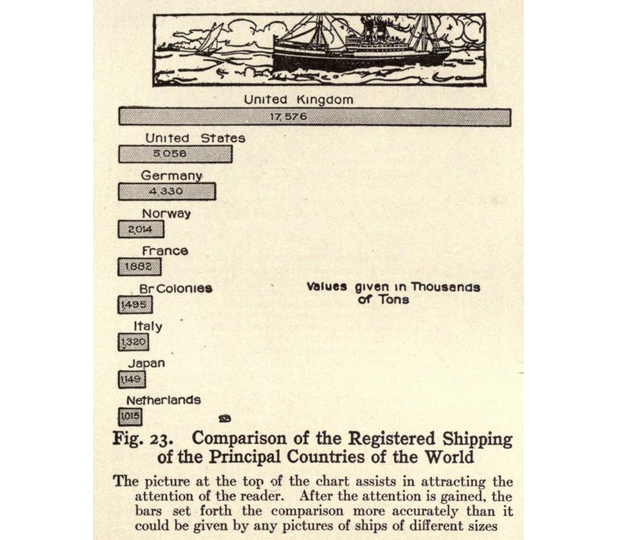
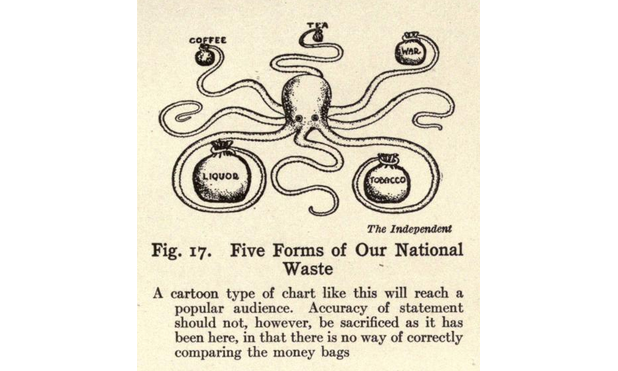
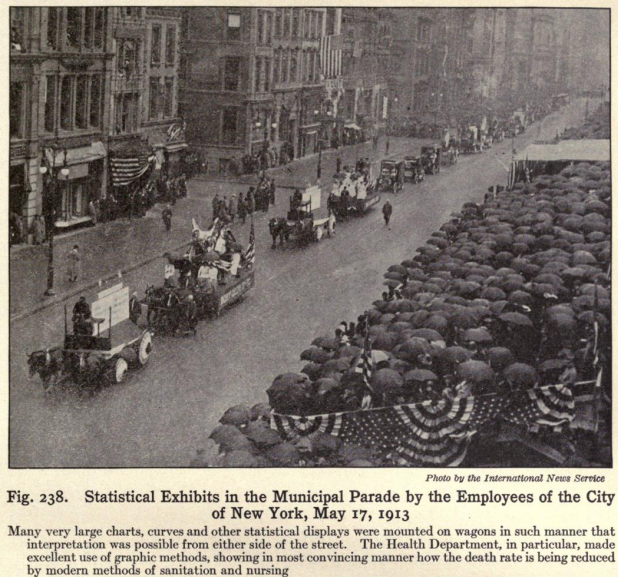
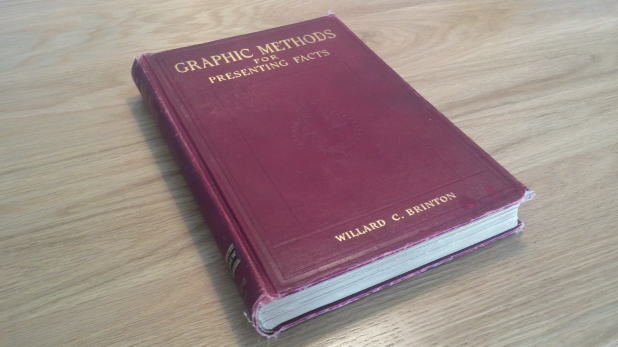
A 100-year Old Debate: Science or Art in Data Visualization?


Subscribe to our blog
Sign up to receive Rock Content blog posts
Related Posts
From Meta to Cara: Where Artists Reclaim Their Creative Freedom

10 Principles of Social Media Marketing for Optimization
June 10, 2015

How to Find TikTok Influencers for Your Brand
March 14, 2022

Conference Recaps: Marketing takeaways from Inbound and CMW
October 3, 2022

Order badass content with WriterAccess. Just as we do.
Find +15,000 skilled freelance writers, editors, content strategists, translators, designers and more for hire.
Want to receive more brilliant content like this for free?
Sign up to receive our content by email and be a member of the Rock Content Community!
Talk to an expert and enhance your company’s marketing results.
Rock Content offers solutions for producing high-quality content, increasing organic traffic, building interactive experiences, and improving conversions that will transform the outcomes of your company or agency. Let’s talk.

